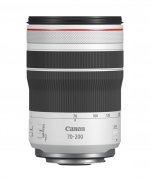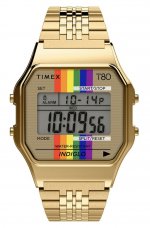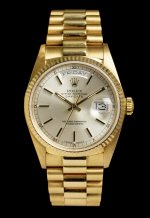Non-IS bins are a mature product (160+ years).exup, I agree, we don't know and probably wont. Prolly the more important statistics, regards strategic planning would be the change in sales. Which segment (is vs non is), is growing and at what rate. Birders, hunters and everybody else comprises the whole of it. Id be real curious about the latter group, suspect they may be more innovation, newest thing, oriented.
Adding active elements to remove the biggest degrading factor (35% shake) for handheld bins is an obvious stepped change. IMHO this is bound to be the major path of bin development.
The compromises present today with IS bins are weight, size and warranty/ life.
If one accepts these, then the reward is the greatly improved image











